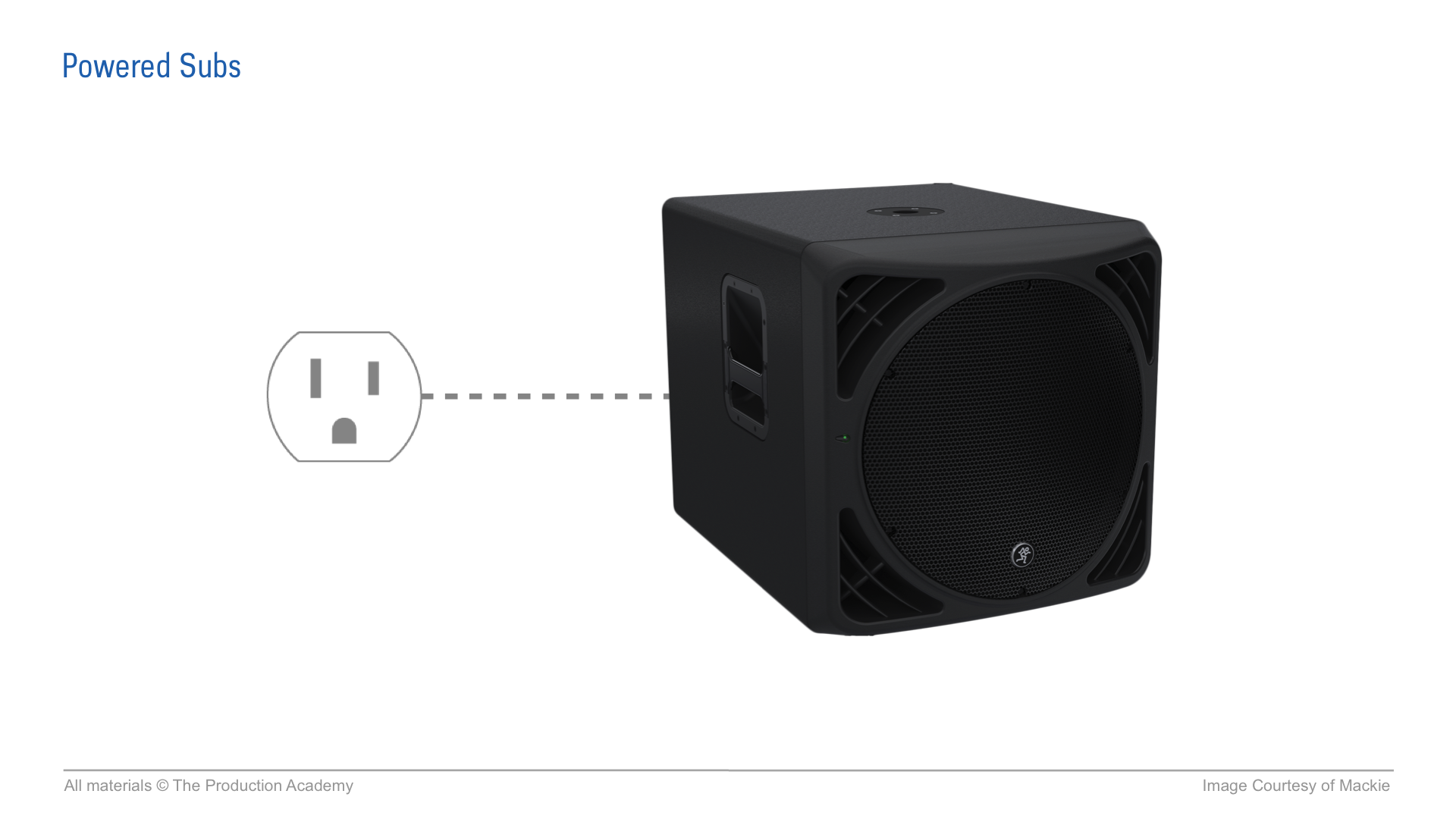011 – Mains and Stage Sound
It’s easier to control the directionality of higher frequencies.
Written by Scott Adamson
Last week I posted about how Subs can affect the sound on stage. It can really be pretty drastic depending on the venue, and many times it's really difficult to control. Mostly, this is just because subs need to be really loud, and low frequencies tend to be more omnidirectional than high frequencies.
But while this makes Subs difficult, it also means we can control the direction of higher frequencies with more accuracy. This makes the physical placement of the mains really important. They should be positioned in a way so the sound hits the audience and not the performers (and their mics!) on stage.
One of the biggest development in speaker systems for concerts has been the line array. In pro touring, these are flown from truss or from a point in the ceiling above the stage, and they give precise control of where the sound is going. They also keep the sound away from the stage, which helps make the stage sound cleaner.
Of course, you can't do this everywhere. Sometimes there's just no place to hang the arrays, or the ceiling could be too low to make it viable. In this case, we'd ground stack the speakers, usually using more traditional horn-loaded speakers. These could be stacked next to the stage, or directly on the stage if space is tight.
Or, if you only need to fill a small room, powered speakers on stands could be all you really need. I've heard some amazing sounding shows with a small mixer and a couple powered speakers! The audio engineers had a good mix and correctly used EQ to shape the overall speaker tone.
But no matter what kind of main speakers are at your show, the biggest concern for the stage sound is feedback. When you start pushing the volume of the mains, the possibility of feedback will increase. This can be controlled some with EQ, but at a certain point the volume of the speakers has to be at a level that doesn't bleed into the microphones and create a feedback loop.




